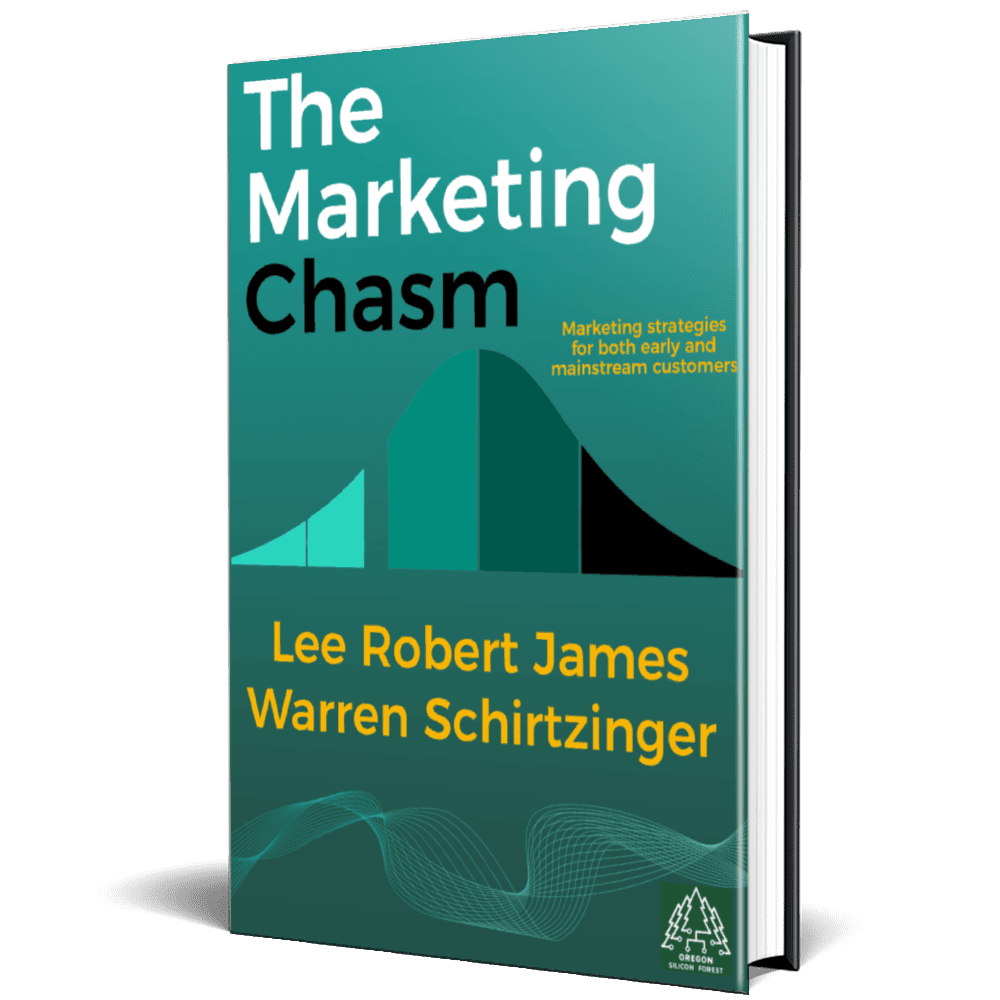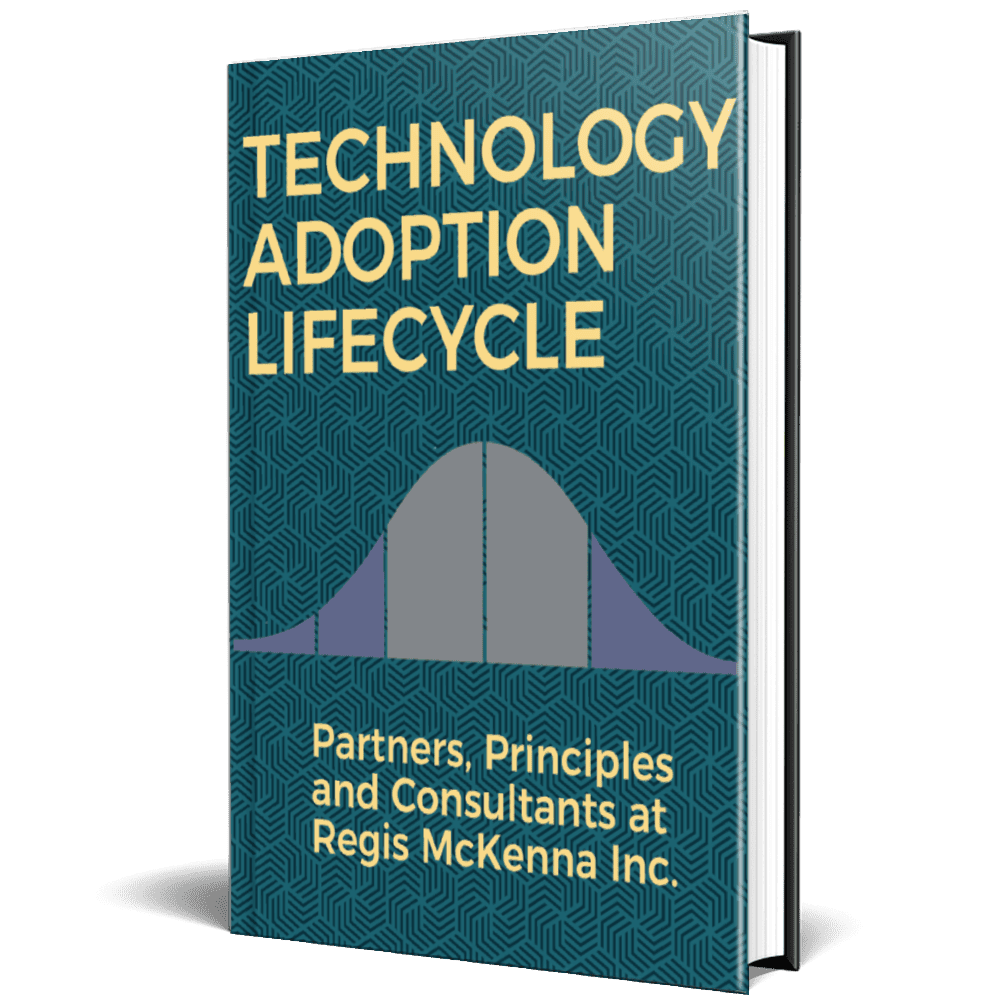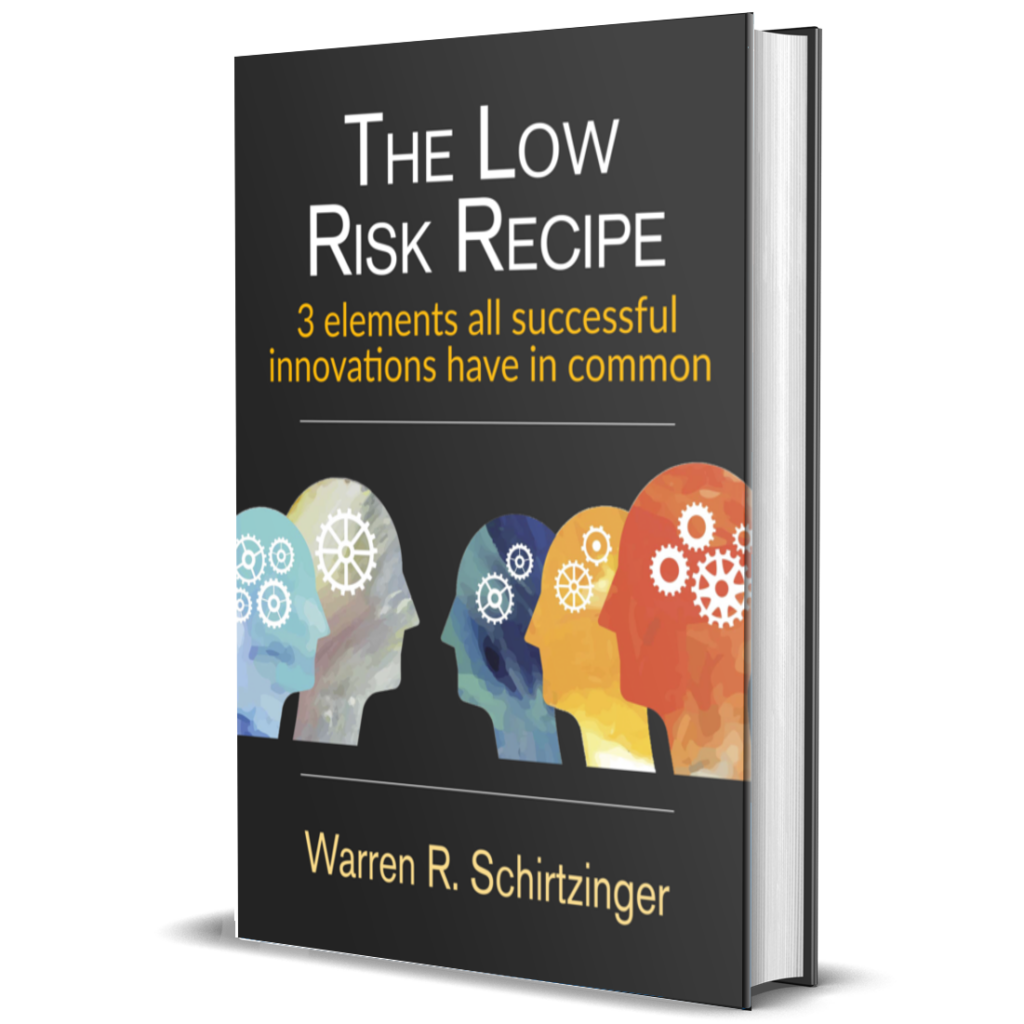Overcome Barriers to
Technology Adoption
We help B2B companies accelerate the adoption and utilization of technology-based products
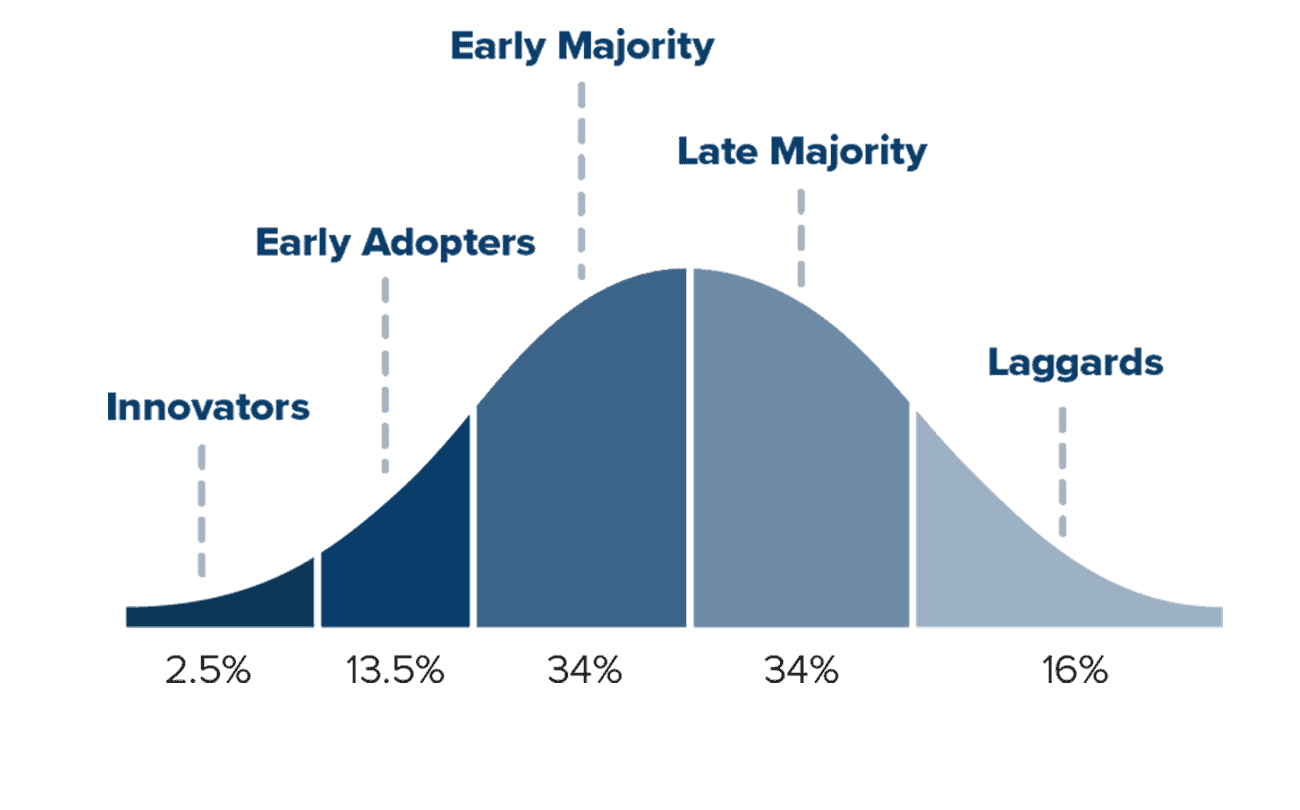
Unlock your potential
for success
Find new opportunities and
bring them to life
Create long-term competitive advantage
Outsmart the competition by
doing something they can’t
or won’t do
Accelerate profitable growth
Create new momentum and
reach the next stage of growth
The world's leading authority on technology adoption
Our expertise is rooted in the work of our founder, Warren Schirtzinger, who is the living legacy of Diffusion of Innovations, the technology adoption lifecycle, crossing the chasm; and the author of The Low Risk Recipe™
Warren’s leadership has had a critical impact on the field of technology adoption and our understanding of how new products and innovations spread. His strategic frameworks are routinely used by business executives around the world.
The End of Technology Advantage
The days of technology differentiation are over. Almost anyone can replicate your tech-focused product in a short amount of time (especially in SaaS, AI and software). Rather than try to sell a “me-too” product, you need to create and deliver value in ways that are unique, long-lasting, and accelerate high-margin growth.
We help high-tech companies use their go-to-market strategy as a way to create exceptional value for customers while ensuring competitive advantage over a tsunami of new competitors.

For over 30 years, we’ve developed technology adoption strategies for the world’s most successful companies.






The Top 5 Questions for CEOs
- What is your market/business?
- How does your organization know what customers are actually buying?
- How are customers encouraged to remain customers — and, how can we convert one-time customers into continuing customers?
- How do we ensure leadership positioning?
- How do we lower the costs of marketing and selling?
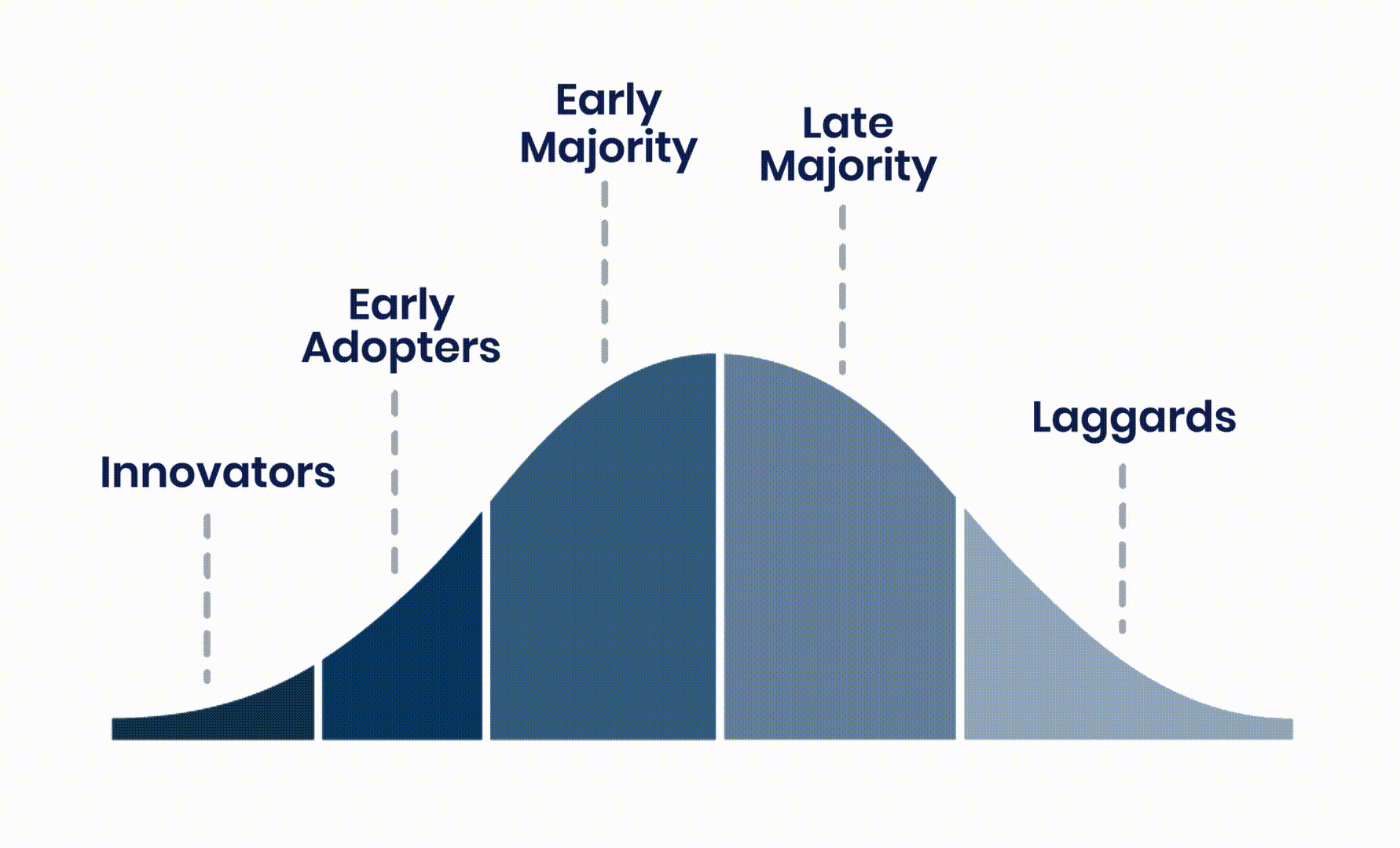
Introducing the Value
Alignment Lifecycle™
Business leaders must continuously re-create and deliver value throughout the adoption lifecycle
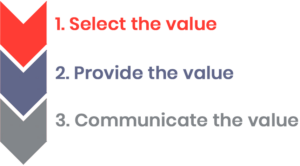
Learn how to deliver the right value, to the right people at the right time


